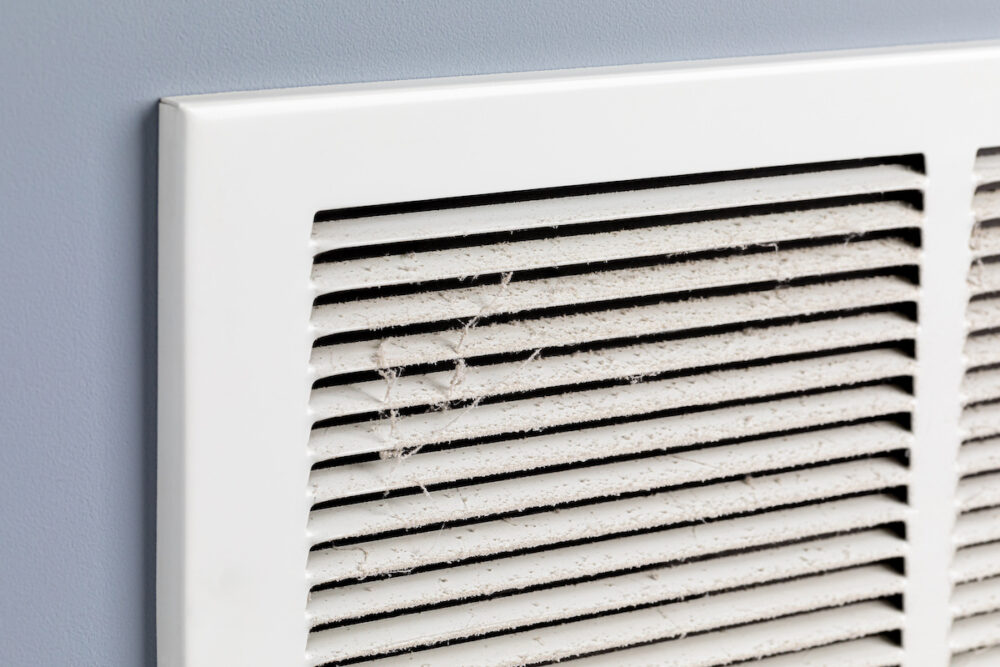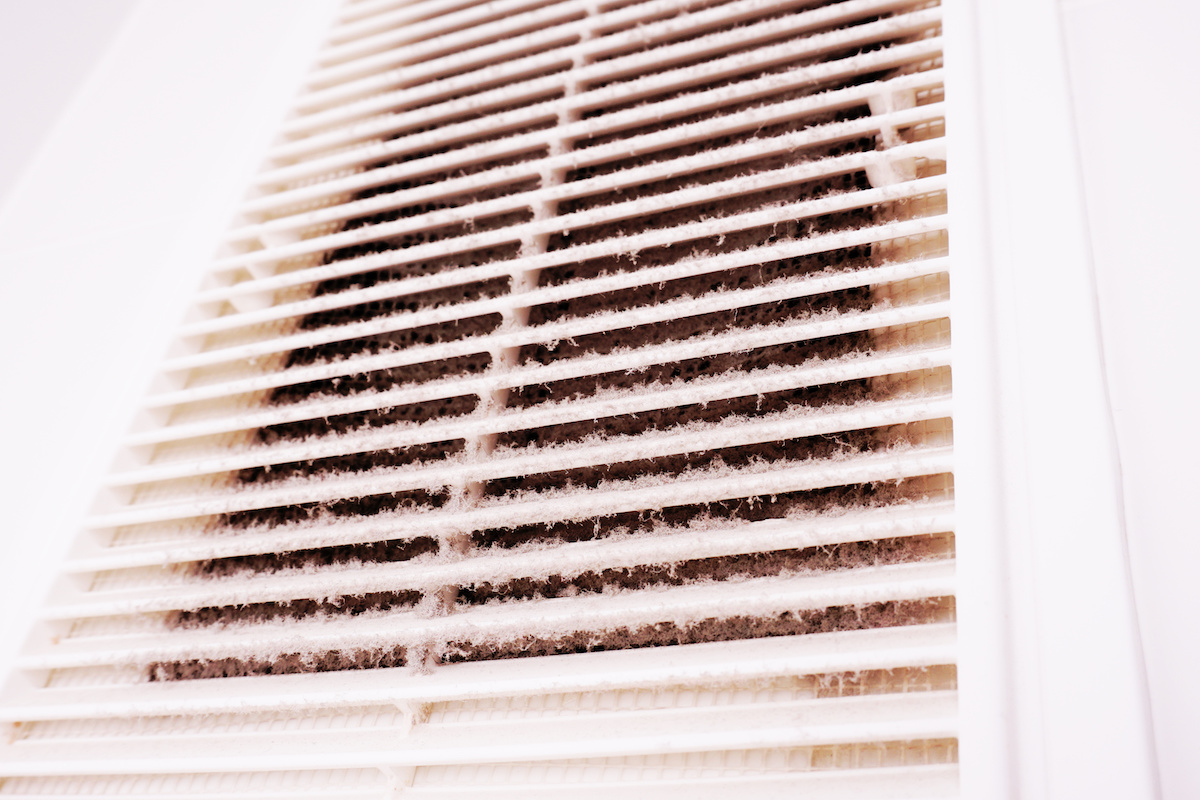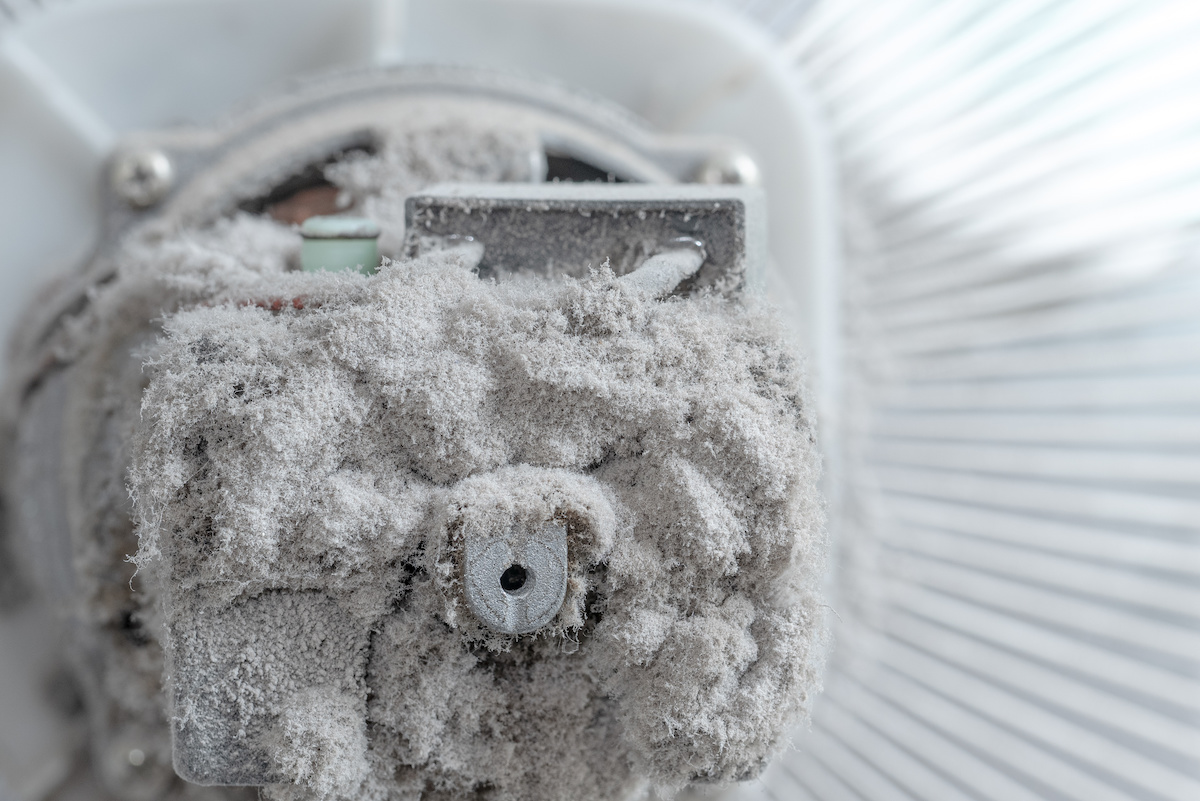Free Estimate!
For the fastest reply, call/text the owner 24/7 at (972) 567-0000.
Garland / Dallas Office
11522 Pagemill Road
Dallas, TX 75243
Plano / Dallas Office
5154 Westgrove Drive
Dallas, TX 75248
Reach the owner by phone 24/7
Business hours: Mon-Sat — 8 am – 8 pm
Free Estimate!
For the fastest reply, call/text the owner 24/7 at (972) 567-0000.

Mold growth in air ducts is a common issue that can compromise indoor air quality and pose health risks to occupants. Identifying mold in air ducts early is crucial for preventing further contamination and addressing potential health concerns. In this guide, Guardian Home Services will provide valuable insights into how to spot mold in air ducts, including common signs, symptoms, and preventive measures.
Mold is a type of fungus that thrives in damp, dark environments, making air ducts an ideal breeding ground. Mold spores can enter air ducts through various sources, including:
Once inside the ductwork, mold spores can proliferate and spread throughout the HVAC system, potentially affecting indoor air quality and triggering respiratory issues.

Mold in air ducts can pose several dangers to both the occupants of a home or building and the property itself. Here are some of the key dangers associated with mold in air ducts:
Mold spores released into the air by mold growth in air ducts can exacerbate respiratory issues and trigger allergic reactions in susceptible individuals. Exposure to mold spores can cause symptoms such as:
Mold-contaminated air ducts can significantly degrade indoor air quality, leading to unpleasant odors, musty smells, and an overall feeling of discomfort. Mold spores can circulate throughout the home via the HVAC system, spreading contamination to other areas and surfaces.
Mold growth in air ducts creates an ideal environment for mold colonization and proliferation. The dark, damp conditions within ductwork provide ample moisture and organic matter for mold to thrive, leading to extensive contamination of the HVAC system and potential structural damage to duct materials.
Prolonged exposure to moisture from mold growth can weaken and degrade the structural integrity of air ducts and surrounding building materials. Mold-contaminated ductwork may compromise the efficiency and performance of the HVAC system because of:
Mold spores released from contaminated air ducts can spread throughout the home via the HVAC system, affecting other areas and surfaces. Mold contamination can quickly escalate if left unchecked, leading to widespread damage and necessitating extensive remediation efforts to restore indoor air quality.
Mold growth in air ducts can restrict airflow and reduce the efficiency of the HVAC system, leading to increased energy consumption and higher utility bills. Mold-contaminated ductwork may require additional cleaning, repairs, or replacement to restore proper airflow and efficiency, adding to the overall cost of remediation.
Visible mold growth on air duct surfaces or around vents can detract from the aesthetic appeal of the home and impact its resale value. Mold-contaminated ductwork may also raise concerns among potential buyers or tenants, leading to decreased property value and difficulty in selling or renting the home.
Overall, mold in air ducts poses significant health, safety, and property risks that require prompt attention and remediation. Addressing mold contamination in air ducts with professional mold testing, inspection, and remediation services is essential for protecting the health and well-being of occupants and preserving the integrity of the home’s HVAC system and indoor environment.
In this section, we will explore common signs that indicate the presence of mold in air ducts, helping homeowners identify potential issues early on. Recognizing these signs is crucial for maintaining indoor air quality and addressing mold contamination in a timely manner.
One of the most obvious signs of mold in air ducts is the presence of visible mold growth on duct surfaces. Mold may appear as black, green, or brown patches or streaks along ductwork, registers, or vents.
Inspecting duct surfaces with a flashlight or mirror can help identify areas of mold growth that may not be immediately visible.
Mold produces volatile organic compounds (VOCs) that emit a distinctive musty or earthy odor. If you notice a persistent musty smell coming from your HVAC system or air vents, it could indicate the presence of mold in the air ducts. Professional mold testing and inspection can help pinpoint the source of the odor and determine if mold is present.
Mold exposure can trigger allergic reactions in susceptible individuals, such as:
If occupants experience allergy-like symptoms that worsen when indoors or near air vents, it may indicate mold contamination in the air ducts. Consultation with a healthcare professional and mold remediation experts is recommended in such cases.
Mold growth in air ducts often leads to the accumulation of dust, debris, and fungal spores in the ductwork. If you notice an increase in dust buildup on surfaces or around air vents, it may be a sign of mold contamination. Regular cleaning and maintenance of air ducts can help minimize dust accumulation and reduce the risk of mold growth.
Water damage or moisture intrusion in or around air ducts can create favorable conditions for mold growth. To prevent mold growth, you should promptly address any signs of water damage, such as:
Addressing underlying moisture issues and repairing leaks is essential for preventing mold in air ducts.

In the following section, we will discuss preventive measures and maintenance tips to help homeowners minimize the risk of mold growth in their air ducts. By implementing these proactive strategies, homeowners can maintain a healthy indoor environment and prevent mold-related issues in their HVAC systems.
Regular inspection and cleaning of air ducts can help prevent mold growth by removing dust, debris, and moisture buildup. Professional duct cleaning services can thoroughly clean and sanitize ductwork, reducing the risk of mold contamination and improving indoor air quality.
Proper ventilation is essential for minimizing moisture buildup and preventing mold growth in air ducts. Ensure that ventilation systems are functioning correctly and provide adequate airflow to reduce humidity levels and promote drying.
Promptly address any water leaks, plumbing issues, or water intrusion events that may occur in or around air ducts. Repairing leaks, drying wet materials, and controlling moisture levels can help prevent mold growth and minimize the risk of mold contamination in ductwork.
Use dehumidifiers or air conditioners to maintain indoor humidity levels below 60% to inhibit mold growth. Installing moisture barriers, such as vapor barriers or insulation, in crawl spaces or attics can also help prevent moisture from entering air ducts and promoting mold growth.
If mold contamination is suspected in air ducts, it’s essential to consult with certified mold remediation professionals. Professional mold testing and inspection can accurately assess the extent of mold growth and develop a comprehensive remediation plan to safely remove mold and restore indoor air quality.
Working with professionals at Guardian Home Services for air duct mold cleaning is crucial for several reasons:
Overall, working with professionals for mold removal from air ducts ensures thorough, safe, and effective remediation, protecting the health and well-being of occupants and preserving the integrity of the home’s indoor environment.
Spotting mold in air ducts requires vigilance and attention to detail, as mold growth often occurs in hidden or hard-to-reach areas of ductwork. By recognizing common signs and symptoms of mold contamination, homeowners can take proactive measures to prevent mold growth and maintain a healthy indoor environment.
For professional mold testing, inspection, and remediation services, Guardian Home Services is here to assist homeowners in safeguarding their homes against mold-related issues and ensuring clean, healthy air ducts for optimal indoor air quality.